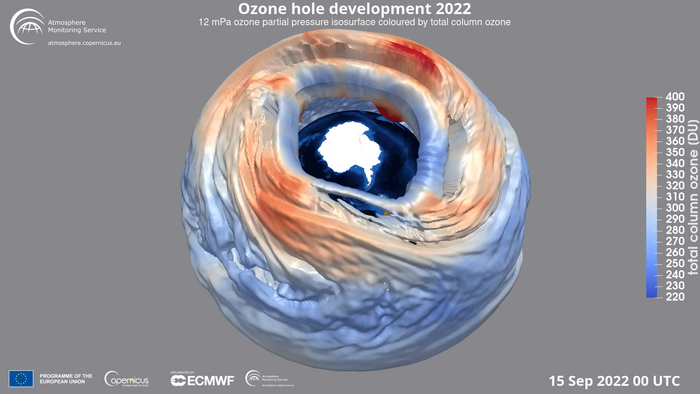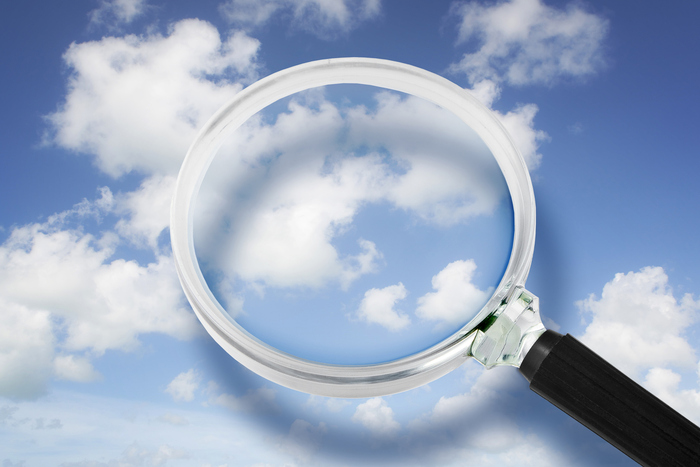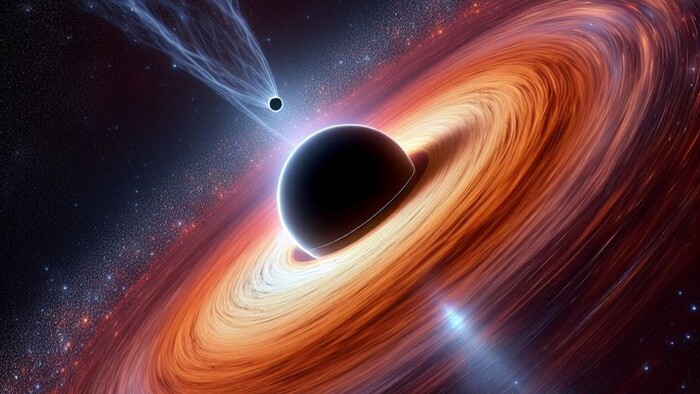After the records of 2020 and 2021, the
ozone hole above the South Pole
remains a
special sight
also this year: the development that from the end of August has led it to reach dimensions greater than that of Antarctica seems to be normal for the moment, but 3D monitoring in the coming weeks will be crucial to understand if the situation will evolve as in the previous two years.
This was announced by the Copernicus Atmosphere Monitoring Service (Cams) of the European Center for Medium-Term Meteorological Forecasts (Ecmwf), on the occasion of the United Nations International Day for the Preservation of the Ozone Layer which celebrates the 35th anniversary of the Montreal Protocol for Banning Ozone Depleting Substances.
The ozone hole, experts explain,
begins to form during the spring
of the southern hemisphere (from August to October) and usually
reaches its maximum
in the period
between mid-September and mid-October
.
It forms over Antarctica due to the specific weather and chemical conditions that characterize this region.
"This year's Antarctic ozone hole started developing in late August and has so far followed similar trends to the last decade in terms of area, minimum total column, mass deficit and minimum temperature," explains the director of Cams, Vincent-Henri Peuch.
"According to our data from the beginning of September, the size of the ozone hole is within the average. Nevertheless, we will keep the development under control in the coming weeks, as the ozone holes in 2020 and 2021 have started to become exceptional. only shortly after ".
Thanks to the combination of satellite and in situ observations and detailed numerical models of the atmosphere, scientists can precisely monitor the creation, development and closure of the ozone hole throughout the 2022 season. "Cams - adds Peuch - and '' one of the very few services in the world capable of providing three-dimensional ozone forecasts and analyzes (vertical profiles and not just integrated 'total columns') that allow you to monitor the detailed structure of the ozone hole and the extent of depletion in operation This vital information is free for everyone and helps you make more informed decisions and take necessary action. "








